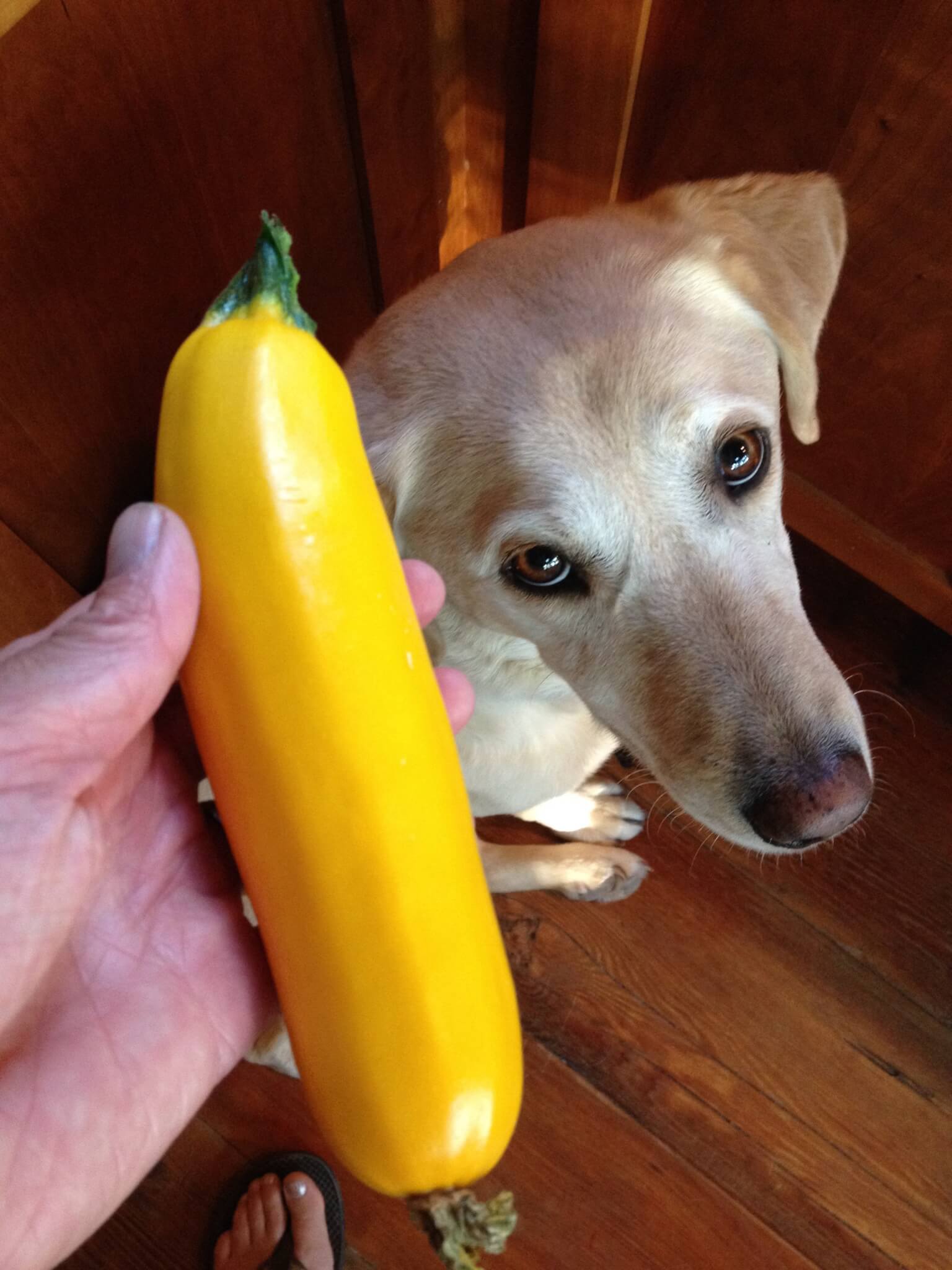Now that your veggie garden is growing, routine maintenance will keep it healthy for the best production.
Weed Control
Allow a bit of time daily to do a walk by your garden. This will help you notice any changes or problems that may arise. Hand pull weeds weekly before anything gets out of hand. A hoe or cultivator will help knock weeds down while they’re still small. For anything really tenacious use a chemical but try to keep it organic.
Irrigation
Veggies need daily water during the growing season. Getting out into the garden and hand watering every day is simple to do and is an excellent way to become aware of any weed or pest activity. Soaker hoses or drip lines can be helpful but require more set up and moving parts. Be sure to inspect this type of irrigation routinely to make sure there are no excessively dry or wet areas. Manual and electrical timers can be useful.
Pests
Each season, an array of pests attack veggie gardens. Here are some of the common ones and treatment method. The products listed here are natural or organic controls.
• Flea beetles- These tiny insects are common on radish, arugula, lettuce and beans. If you’ve had trouble in the past, cover these crops soon after planting with row cover (Dewitt™ Seed Guard). Safer™ End All can be applied if they become a problem.
• Cabbage moths- Row cover (Dewitt™ Seed Guard) will keep these little white moths from laying eggs on cruciferous crops. A routine treatment of Bt (Safer™ Garden Dust) also helps.
• Cabbage Worms- Bt (Safer™ Garden Dust)
• Potato beetles- Spray with Safer™ End All or hand picking.
• Aphids- Knock them down with Safer™ Insecticidal Soap or a strong jet of water.
Always read the label before applying any kind of pesticide and follow the instructions precisely.
Fertilizer
As was mentioned in part 1, nutrient-rich soil is vital to productive veggie gardens. Adding compost or manure or some combination yearly will give you the best results.
Since veggies are heavy feeders, a routine application of fertilizer throughout the growing season is important for healthy plants and a bountiful harvest. We stock wide array of organic and conventional fertilizers available to the home gardener. A granular fertilizer can be added at planting time and will slowly feed throughout the season. Liquid fertilizers are fast acting and will need to be reapplied. By law, companies are required to list the N-P-K composition on their product. These will be listed as numbers such as 10-15-6.
• N-Nitrogen-Important for greening up.
• P-Phosphate-Important for rooting, blooming and fruiting.
• K-Potassium-Important for overall vigor.
• Micronutrients are also important for plant and soil health.
Always read the label before applying any kind fertilizer and follow the instructions precisely.
Harvesting
Harvesting and eating is the greatest thing about growing your own veggies.
It’s best to harvest veggies in the morning or during cool weather, so they will stay crisp and last longer.
Greens: Leaf lettuces, salad mixes, arugula and spinach varieties can be cut with scissors as soon as they’re 2 or more inches tall. Cut young kale, chard and beet greens to add to salads. Harvest these until they ‘bolt’ or flower. Once they have bolted, they will be bitter.
Beans and Peas: Pick these often and the plants will produce for longer.
Summer Squash: Cut off the vine while they’re still small for best flavor.
Tomatoes: pick as they ripen, but they will continue to ripen at room temperature off the vine. Pay attention to late summer and early fall temperatures and pick your tomatoes before they freeze.
Kale and Swiss chard: Can be harvested early summer for salads or late summer/ early fall for larger leaves.
Carrots, Beets and Potatoes: Most varieties are best harvested in the fall during cool, dry weather.
Cabbage: Harvest after a few frosts for best flavor.
You’ll find it hard to buy veggies from the store that match the flavor of home grown. With some patience, care and knowledge, you’ll be able to enjoy your bounty for years to come!



